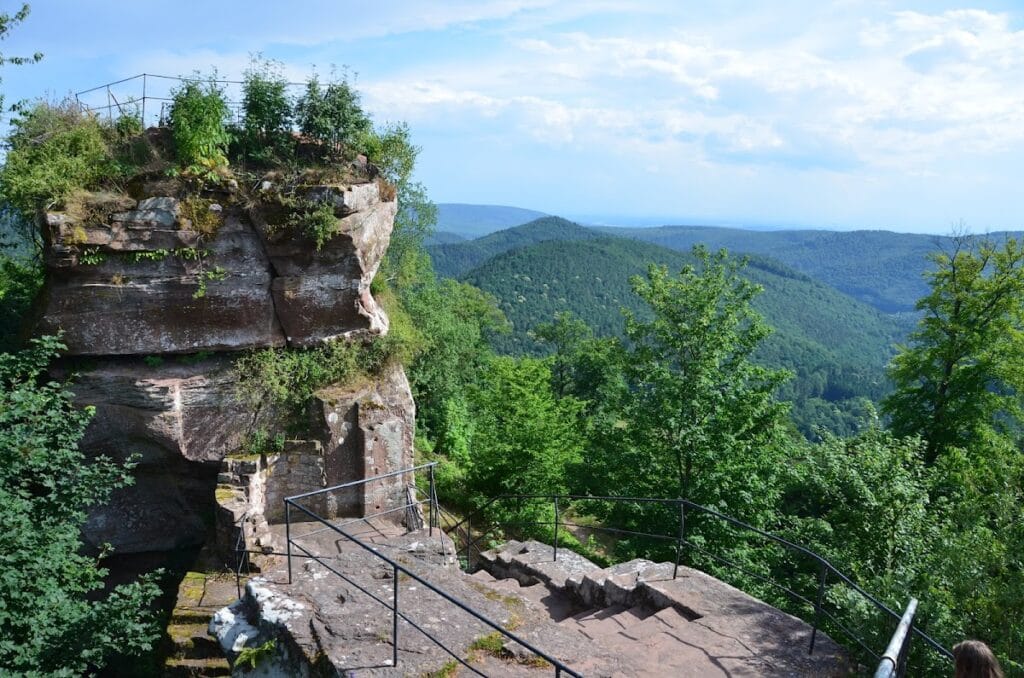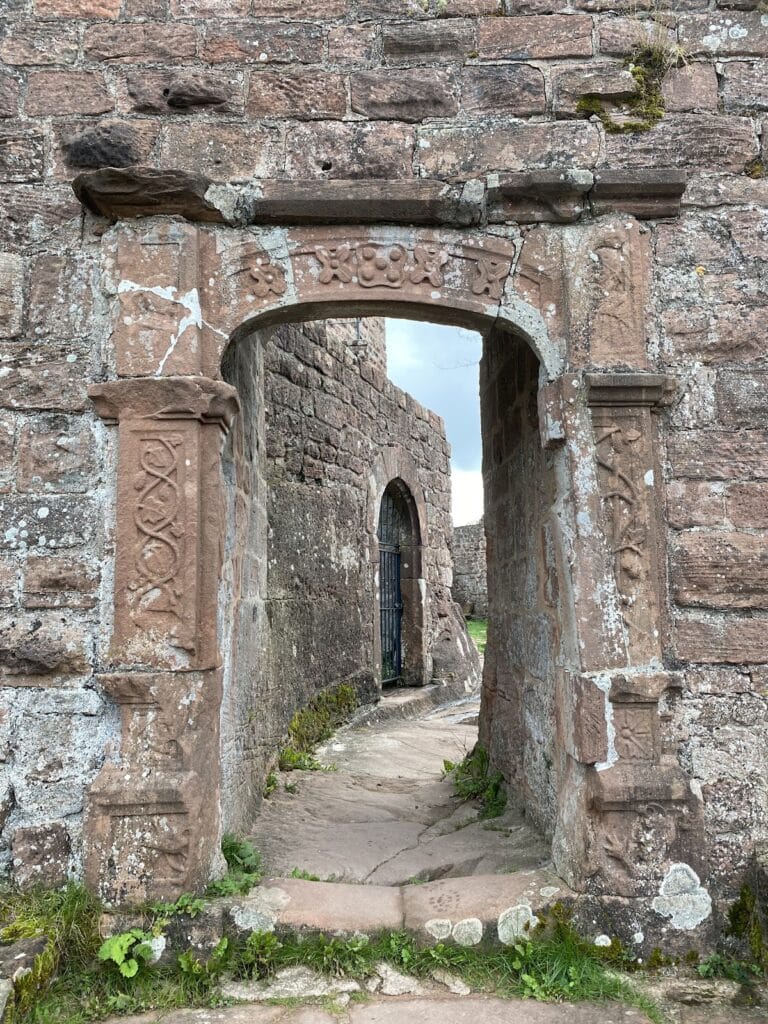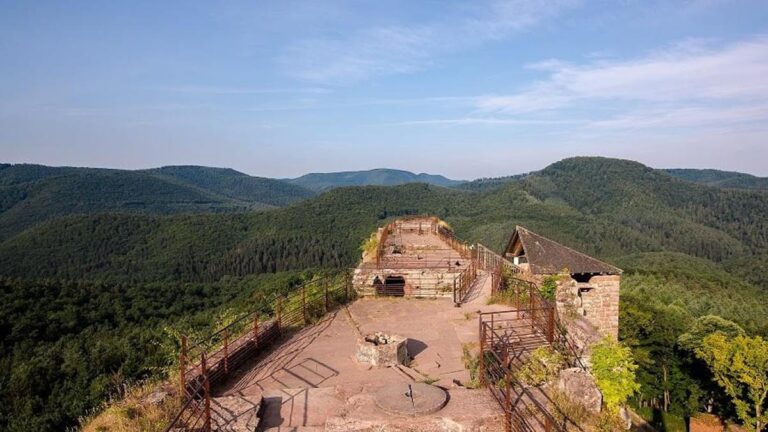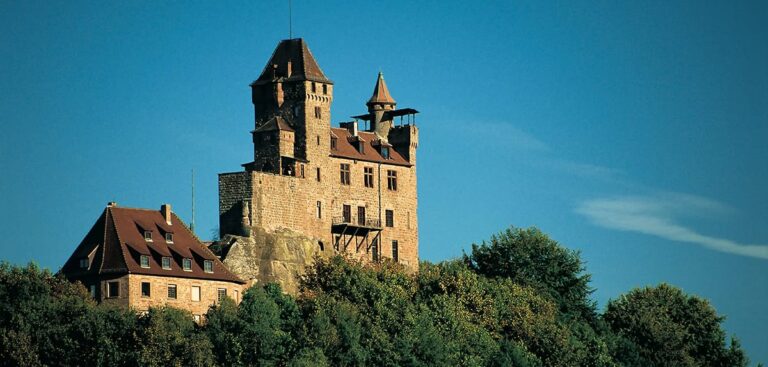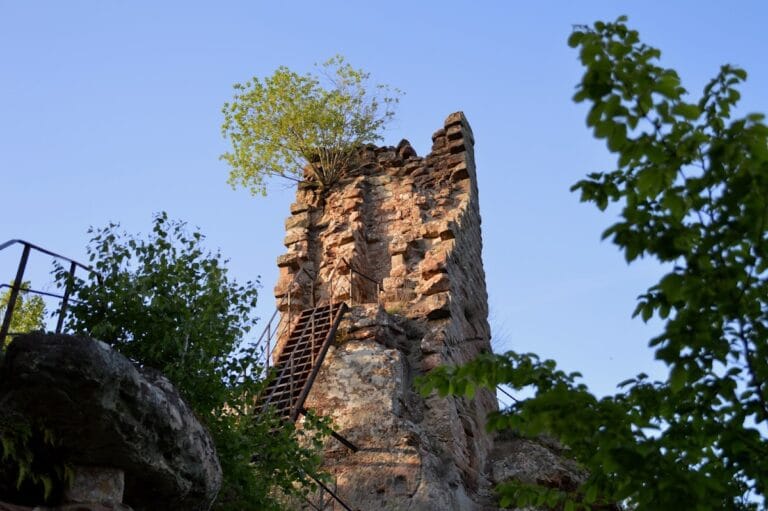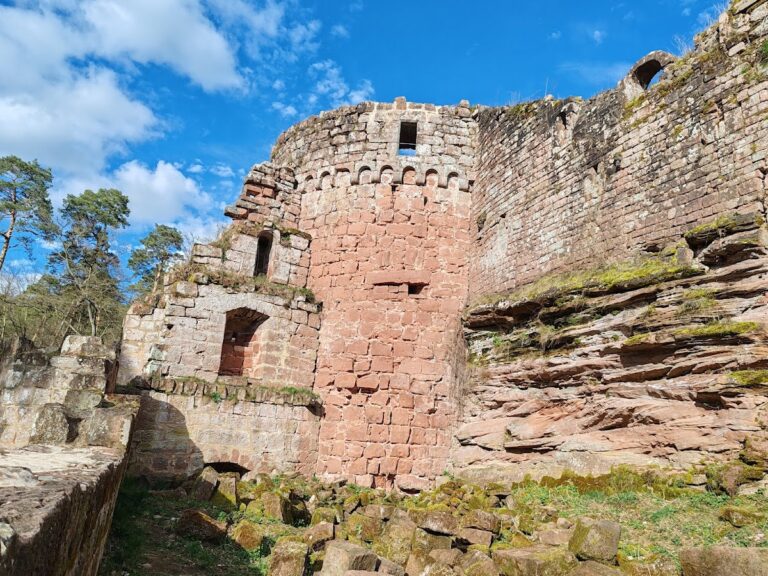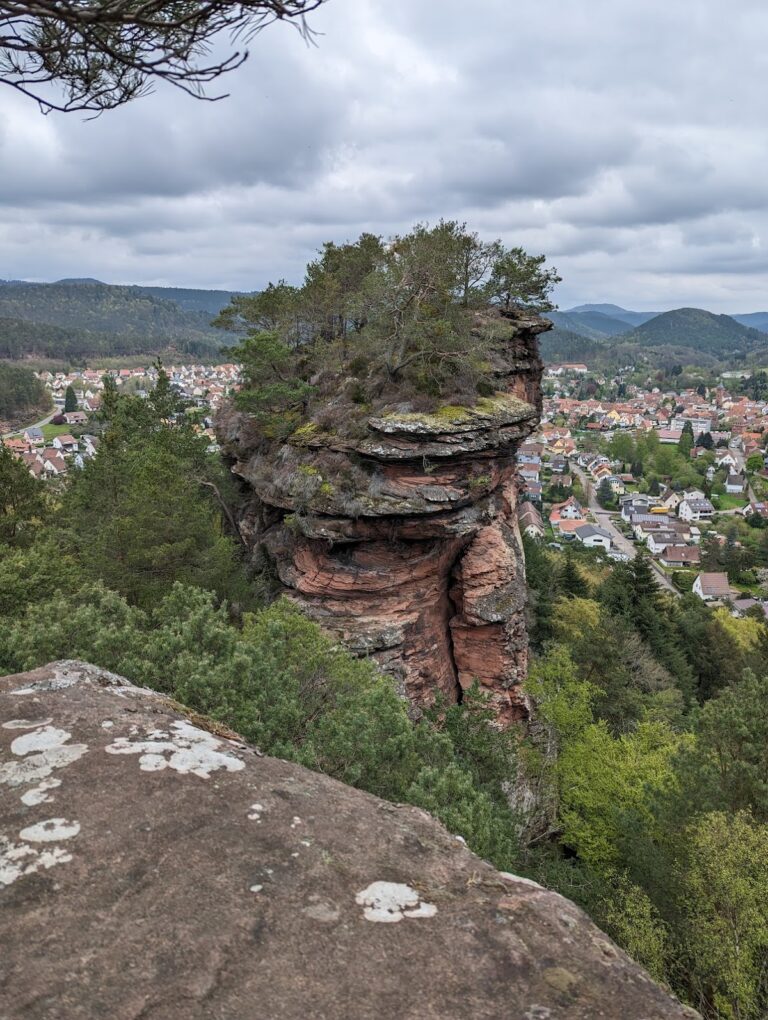Château de Lœwenstein: A Medieval Rock Castle in Wingen, France
Visitor Information
Google Rating: 4.7
Popularity: Low
Google Maps: View on Google Maps
Country: France
Civilization: Medieval European
Remains: Military
History
The Château de Lœwenstein stands in the municipality of Wingen, France, and was originally constructed by members of the Fleckenstein family during the medieval period. Its earliest documentary mention traces back to the 13th century when it served as a fief under Wolfram von Löwenstein, a nobleman within the Holy Roman Empire.
In 1283, Rudolf I of Habsburg granted the castle to Johann Ochsenstein, marking a notable point in its ownership history. By the late 14th century, specifically around 1380, the property was co-owned with Hensel Streif von Landenberg. Shortly after, in 1383, half of the castle was pledged to Johannes (also known as Hanemann) I of Bitche, who hailed from the County of Zweibrücken-Bitsch. During this period, the structure was divided into two adjoining sections, each occasionally controlled by different lords, reflecting the fragmented nature of medieval territorial holdings.
A significant turning point occurred in 1386 when Imperial Vicar Johann von Lichtenberg destroyed the castle. This action was a response to its use as a stronghold for “robber knights,” feudal nobles who engaged in banditry and disrupted regional stability. Following this destruction, the castle was likely never rebuilt to its former stature.
Ownership of the ruins passed through several hands over the centuries. In 1482, Puller von Hohenburg acquired the site, followed by the Counts of Zweibrücken-Bitsch in 1485. Later, in 1570, the Counts of Hanau-Lichtenberg became the proprietors, and by 1736, the Landgraviate of Hesse-Darmstadt held the property. Despite changing hands, the castle remained in a ruined state.
The ruins suffered further devastation during the late 17th century when French military forces under General Monclar deliberately damaged the site in 1676 and 1677. This final phase of destruction contributed to the castle’s lost grandeur.
In the 19th century, German maps referred to the castle as Lindenschmidt, a name derived from the original “Linkenschmidt.” This name connected to local legend about a notorious brigand knight who used a cunning tactic of leading horses backward to confuse his pursuers. According to oral tradition, this outlaw, together with his son and servant, was eventually captured and executed.
Since December 1898, the Château de Lœwenstein has been officially recognized as a historic monument by the French Ministry of Culture, acknowledging its heritage and historical significance despite its ruined condition.
Remains
The Château de Lœwenstein occupies a strategic position atop a southern spur of the Schlossberg hill at roughly 530 meters elevation. The castle belongs to the category of rock castles, where the natural formations of the land itself form an integral part of its structure and defenses. The site features two distinct but closely adjacent rock formations: the eastern area housed the main castle, while to the west lay the outer bailey, an enclosed courtyard typically used for auxiliary functions and protection.
Today, visitors to the site can observe remnants of the castle’s stair tower, a key defensive and internal access structure. Several staircases, hewn directly into the rock, survive, demonstrating the skillful integration of natural stone into the castle’s design. Additionally, fragments of walls can still be seen, outlining parts of rooms and passages carved into the rock itself. These rock-cut chambers highlight the adaptive use of the terrain to create habitable and defensible spaces within the fortress.
Among the functional elements of the castle, a single cistern remains visible at the site. This water reservoir, essential for sustaining those inside during sieges or periods of isolation, was carved from the bedrock to collect and store rainwater. Its survival offers insight into the practical needs and engineering solutions employed by the castle’s builders.
Overall, the surviving structures are in a state of ruin, with partial architectural elements and rock-hewn features offering a glimpse into the castle’s medieval past. The close connection between the man-made construction and the natural environment reflects common defensive practices of the era in this region of France. The site’s layout and remaining features attest to the castle’s dual ownership and complex history documented in the Middle Ages and beyond.
